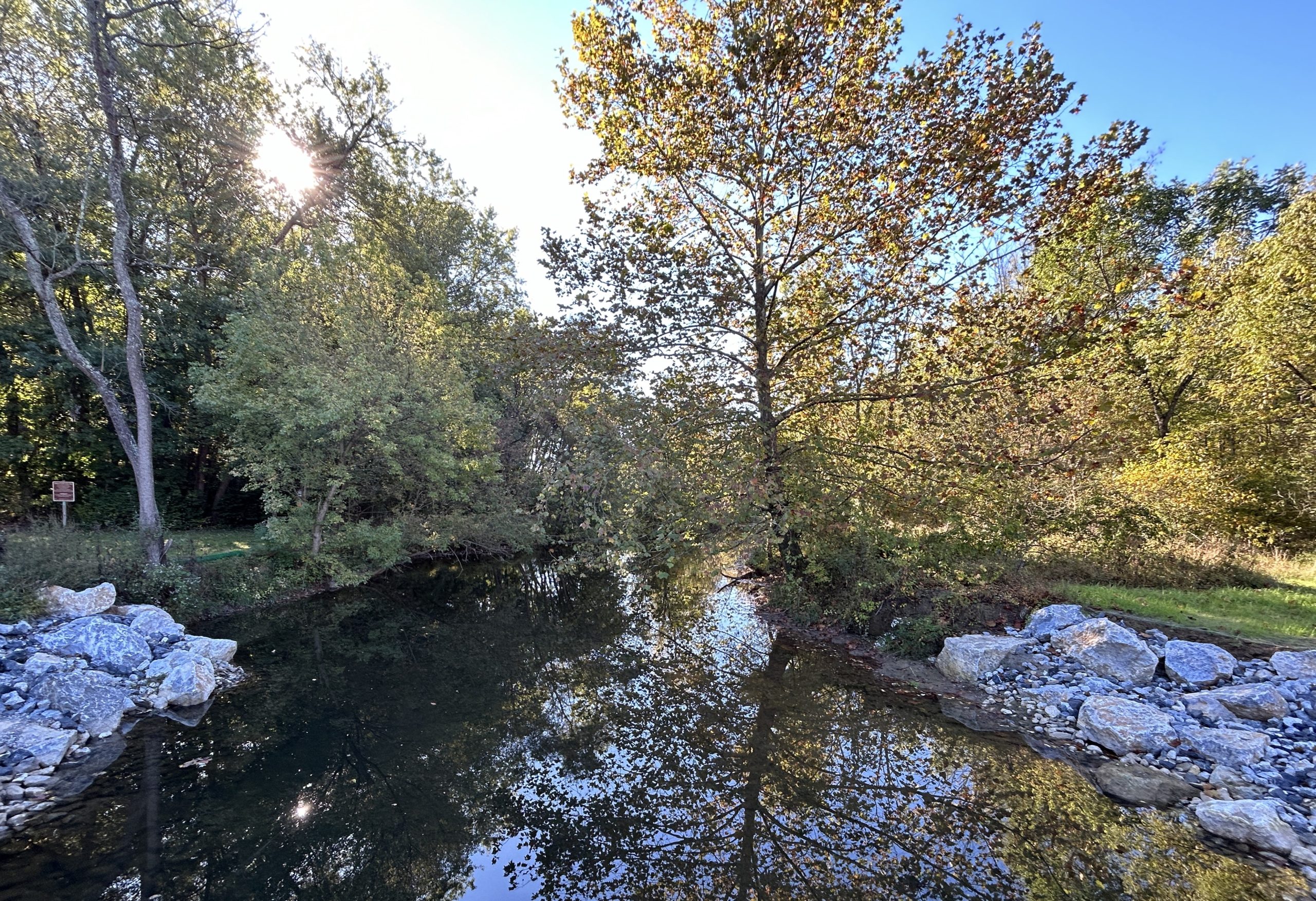Pennsylvania Department of Environmental Protection Declares Drought Conditions in 35 Counties

Pennsylvania Department of Environmental Protection Declares Drought Conditions in 35 Counties
The Pennsylvania Department of Environmental Protection (DEP) Drought Task Force has announced that the counties of Adams, Allegheny, Beaver, Bucks, Butler, Carbon, Chester, Clearfield, Columbia, Cumberland, Dauphin, Delaware, Fayette, Franklin, Greene, Indiana, Lancaster, Lawrence, Lebanon, Lehigh, Luzerne, Monroe, Montgomery, Montour, Northampton, Northumberland, Perry, Philadelphia, Pike, Somerset, Washington, Westmoreland and York counties are under a Drought Watch and Berks and Schuylkill counties are under a Drought Warning due to consistent dry conditions. The Drought Task Force is monitoring other areas of the state.
While not required, residents and businesses are encouraged to voluntarily conserve water by reducing nonessential water use. Public water suppliers may request water conservation measures to ensure reliable delivery of drinking water.
“Pennsylvania received very little rain over September and October, capping off a dry six months, particularly in the southeast part of the state. DEP makes drought declarations based on long-term trends; a rainy week may not lift the drought status for an area,” said DEP Acting Secretary Jessica Shirley. “We want residents to be aware of these conditions and be mindful of their water use.”
“Much of the Commonwealth is at a high risk for fire danger as a result of dry conditions, and it is critical that Pennsylvanians use extreme caution when handling fire or avoid any burning as these conditions persist,” Department of Conservation and Natural Resources (DCNR) Secretary Cindy Adams Dunn said. “Stay up to date with the latest information using DCNR’s Wildfire Danger Forecast Map and be sure to follow all local guidance pertaining to burn bans to do your part to keep our natural resources and communities safe from fire.”
“Water is essential for growing food. Voluntary restrictions do not apply to farms and other businesses that rely on it to produce food,” Agriculture Secretary Russell Redding said. Risks and volatility in farming are weather-related more than in any other business.
Pennsylvania’s beneficial natural average rainfall has been upended by weather extremes and unpredictability in recent years and 2024 is no exception. Nearly 40 percent of the topsoil across the state is either short or very short in moisture content in the past week, and several counties are eligible for federal relief for earlier drought conditions or flooding.
Drought declarations are based on four factors – precipitation, stream flows, groundwater levels, and soil moisture. DEP makes its drought declarations after assessing the departures from normal ranges for periods of 3-12 months. DEP also factors in information it receives from public water suppliers.
There are several different stages of drought declaration that can be declared by the Commonwealth: Drought Watch, Drought Warning, and Drought Emergency.
- Drought Watch – a Drought Watch is typically declared for a county with three of the four factors in a “watch” status. Residents are encouraged, but not required, to voluntarily reduce their water use by five to ten percent.
- Drought Warning – a Drought Warning is typically declared for a county with 3 of the four indicators in “warning” status. Residents are encouraged, but not required, to reduce their water use by 10-15 percent.
- Drought Emergency – if conditions become more severe a Drought Emergency can be declared by the Governor and emergency water restrictions can be implemented. In the unlikely event of a drought emergency, water suppliers and/or municipal governments will guide residents about water use and conservation
DEP will not implement mandatory water use restrictions outside of a Drought Emergency. Individual public water systems may implement their own conservation measures.
More information about drought can be found on the DEP website: Drought Information
For more information, visit the Pennsylvania Department of Environmental Protection’s website.